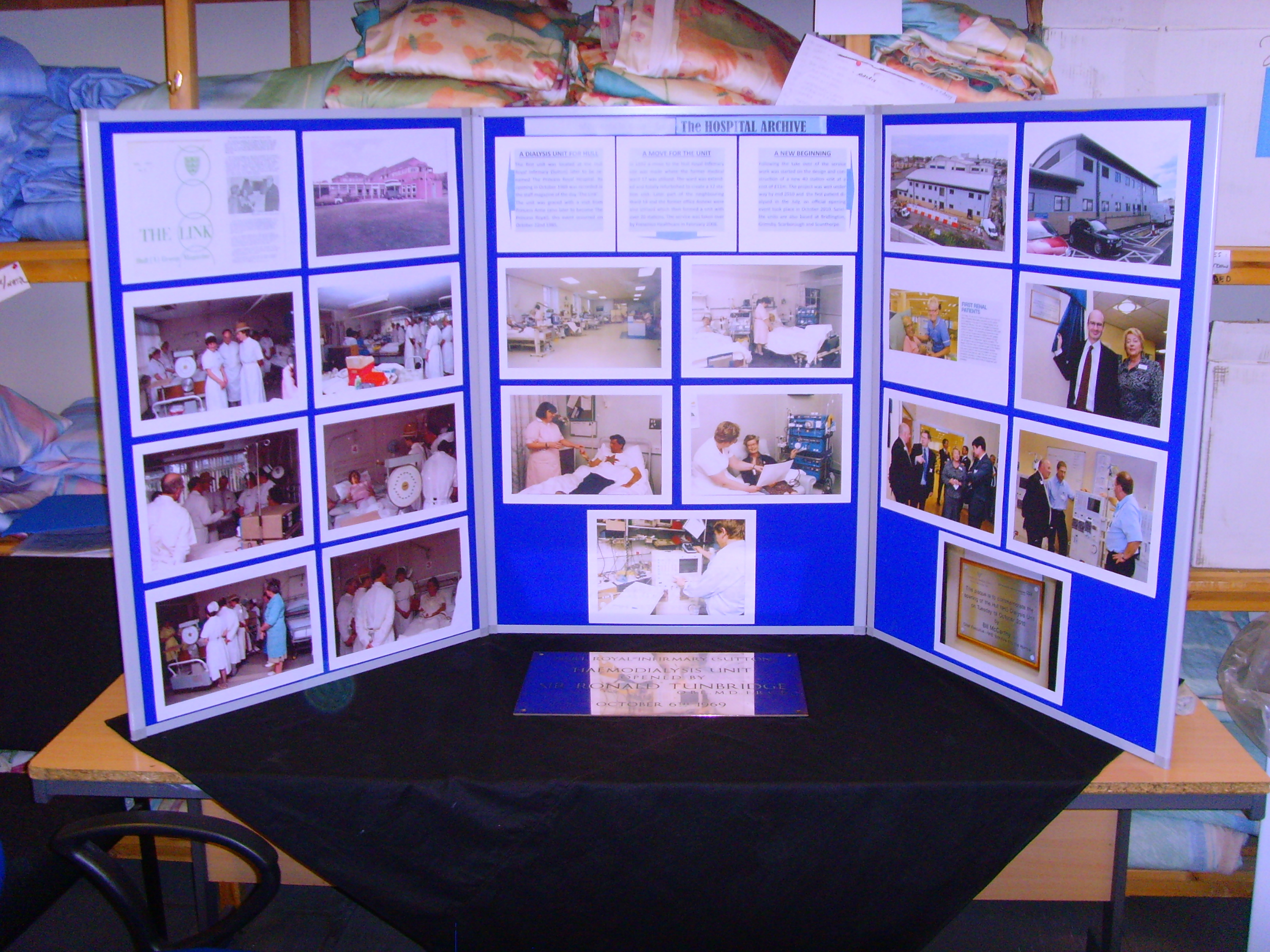Hull
This page is a stub – please send more info if you have additions or corrections
Patients were first dialysed in Hull in 1969. The first physician was Dr Tony (AG) Hocken, who had worked in Manchester and St Luke’s Presbyterian Hospital in Chicago. In 1974 he moved to Otago University in Dunedin, New Zealand. In Hull he was succeeded by Roger Gabriel and Malcolm Farr. Gabriel moved to St Mary’s Hospital in 1976 leaving Farr single handed for some years until the appointment of Les Sellars. Subsequently David Eadington and Sunil Bhandari were appointed.
A local newsletter announced the plans for and the opening of the dialysis unit (1968, 1969) (pdf via Mike Pearson).
Contents
Malcolm Farr comments (2025)
Malcolm remembers participating in one of the very first dialyses for acute renal failure at Kings College Hospital in 1962, when he was in a pathology post as an SHO. Perhaps this sowed the seed for his interest in Renal Medicine. Later he worked in general practice before returning to hospital medicine and renal training in Newcastle with David Kerr and Bob Wilkinson.
On the Renal Unit he worked closely with Robert Uldall, who subsequently moved to Toronto. Although his main interest there was diabetic kidney disease, Farr and Uldall were first and last authors on the publication classic in 1975 describing familial HUS (QJM 44:161-88) – the family that led 20 years later to the identification of responsible variants in the gene encoding Complement Factor H (described by Paul Warwicker).
Farr and Roger Gabriel were appointed to Hull at the same time to replace Tony Hocken. Gabriel started a short time before, but moved on to St Mary’s in London in 1976, leaving Farr single-handed for several years.
The dialysis programme was running well when he joined, with a modest long term patient cohort of around 15. Kiil dialysers and Dylade(?) machines. There was a highly competent senior nurse who had trained at Fulham Hospital, dietitian (Jen Cochrane) from Leeds, excellent technical services support, and a home dialysis officer who ran much of the administration.
Farr was then joined by Les Sellars, and he felt that they worked together well amidst the intense pressure at the time to expand provision and facilities. Home dialysis numbers rose to 55 and hospital facilities increased, CAPD was introduced. The unit worked closey with Leeds (Sandy Davison), and occasional tricky issues were discussed with David Kerr.
The main unit at Sutton was attractively located, but 5 miles from the major acute hospital, so consulting and setting up dialysis (both haemo and peritoneal) for patients with ARF (AKI) was a burden. Farr took on vascular access creation where shunts, or increasingly AV fistulas were required. He estimates that he formed 350 fistulas during his professional career, retiring in 2002.
One of the very earliest clinical management computer applications was in Hull, where Malcolm Farr and Malcolm Kilvington set up a limited clinical summary system on an early Apple computer in 1978/9, reported in 1983 (ref from Clinical Renal Computing Witness Seminar – linked from Renal It and the Registry). Malcolm Kilvington was the chief haemodialysis technician and the prime mover.
From a 2018 note on the history of the Hull dialysis unit:
 Mike Pearson, Trust archivist, who works for the estates department, spent hours locating photographs and memorabilia outlining the history of the service up to the opening of the new dialysis unit in 2010.
Mike Pearson, Trust archivist, who works for the estates department, spent hours locating photographs and memorabilia outlining the history of the service up to the opening of the new dialysis unit in 2010.
The first unit opened in 1969 at Hull Royal Infirmary (Sutton), later to become Princess Royal Hospital. Services for kidney patients moved to Hull Royal in 1992 when former ward 17 was extended and refurbished to create a 12-bay unit. It was extended using additional office space and part of ward 18 to create a unit with 20 stations.
It was taken over by Fresenius Healthcare in 2008 and a new 40-station unit costing £11m was officially opened in 2010.
Satellite units:
- 1992 Brigg (closed 2007)
- 1998 Scarborough, subsequently transferred to York
- 2001 Grimsby
- 2007 Scunthorpe – replacing the Brigg unit
- 2008 Bridlington
Last Updated on October 6, 2025 by neilturn